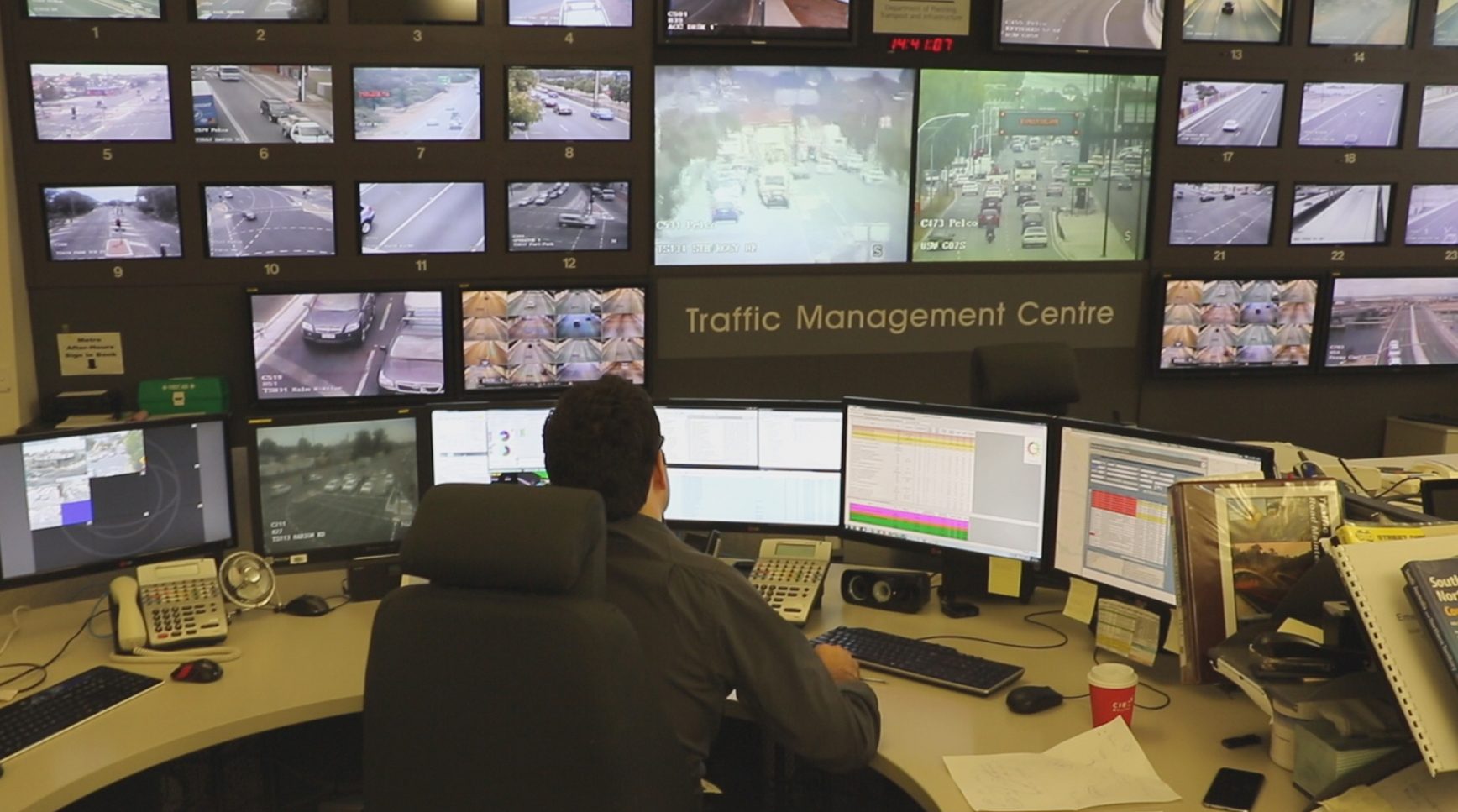How traffic lights work
 There are many things we don’t take much notice of in day-to-day life – traffic signals are among them.
In the video below, we take a look at this complex web of technologies as we go behind the scenes at Adelaide’s Traffic Management Centre to show you how traffic lights actually work.
Then, read on as we look at some of the most commonly asked questions about SA’s traffic system.
There are many things we don’t take much notice of in day-to-day life – traffic signals are among them.
In the video below, we take a look at this complex web of technologies as we go behind the scenes at Adelaide’s Traffic Management Centre to show you how traffic lights actually work.
Then, read on as we look at some of the most commonly asked questions about SA’s traffic system.
How are traffic lights and other signals managed?
Traffic lights are connected to a computerised system called SCATS – an Australian program used in 27 countries – which co-ordinates and measures traffic flow through in-road sensors and adjusts signals to ensure traffic moves efficiently. This intelligent traffic system also records the density of traffic sitting at intersections and then alters the timing and sequence of the next phase of lights to get vehicles moving quickly and safely.Does the weight of my car trigger a green light at an intersection?
No. The detectors behind the stop line are loops of wire that produce a magnetic field. The change in the magnetic field when something metallic passes over it – like a car, motorbike or pushbike – is what activates the detector and triggers the signal to change. The signal also calculates the gap between cars and how long the vehicle has been at the intersection.
Traffic Management Centre

